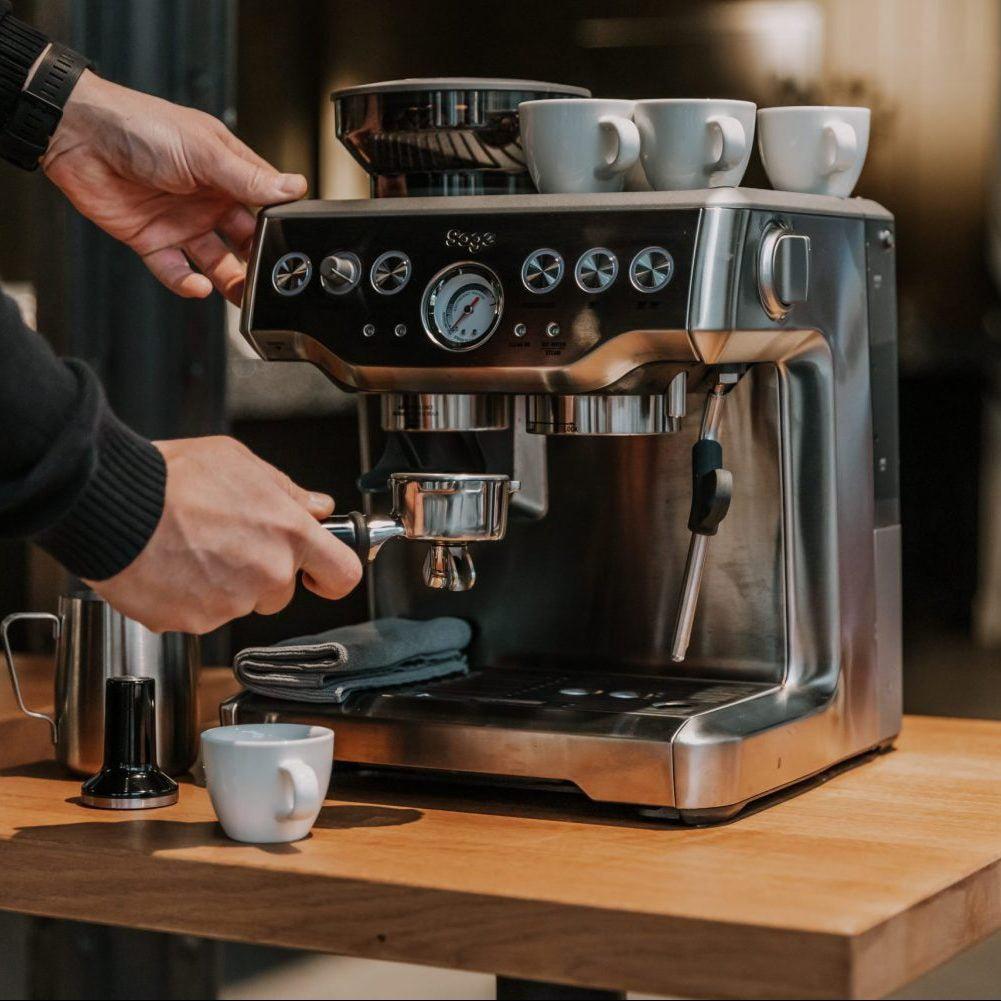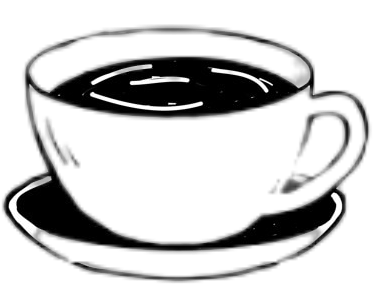For coffee enthusiasts, the art of pulling a perfect espresso shot is an intricate process. While factors like grind size, tamping pressure, and extraction time get much of the spotlight, the role of brew temperature often remains underrated. When I first explored the Breville Barista Express (marketed as Sage in the UK), I was thrilled to discover its temperature adjustment feature. Fine-tuning this parameter transformed my espresso-making experience and opened up a new level of flavor possibilities. Uncover the premium brewing capabilities in our Breville Dual Boiler BES920XL review
I recall my first temperature tweak, aimed at fixing a sour-tasting shot. That minor adjustment dramatically improved the flavor profile, highlighting just how critical brew temperature is in crafting excellent espresso. If you're keen to unlock the full potential of your Breville/Sage Barista Express, this guide will walk you through the steps of modifying the brew temperature. It’s a game-changer for perfecting your coffee, whether adjusting for altitude, roast type, or personal preferences. Explore the intuitive design and features in our Breville Barista Touch Impress review

Why Brew Temperature Matters in Espresso Making
Before diving into the process, it’s essential to understand the importance of brew temperature.
Temperature affects flavor extraction significantly. Water that’s too hot can lead to over-extraction, resulting in bitter or burnt flavors. Conversely, water that’s too cool can cause under-extraction, leaving your coffee sour or weak. The sweet spot for espresso brewing usually lies between 195°F and 205°F (90°C and 96°C), but slight adjustments can optimize the flavor for different beans. Compare these two top models in our Breville Barista Express Impress vs Pro review
- Light Roasts: These often shine at slightly higher temperatures, enhancing their bright, fruity notes.
- Dark Roasts: These benefit from lower temperatures, emphasizing their rich, chocolatey tones while avoiding bitterness.
Adjusting the temperature ensures you’re extracting the best flavors from any roast.
A Closer Look at the Breville/Sage Barista Express
The Breville/Sage Barista Express is a semi-automatic espresso machine designed for a balance of user-friendliness and control. It features a PID (Proportional-Integral-Derivative) controller that maintains consistent brewing temperatures. What many users don’t realize, however, is that the brew temperature can be manually adjusted for even greater customization. Find the right machine for you in our Breville Barista Pro vs Express review
Though the machine lacks a visible temperature dial, adjusting it is surprisingly simple. This functionality makes the Barista Express an excellent choice for coffee enthusiasts seeking precise control without investing in higher-end models.
Step-by-Step Guide to Adjust Brew Temperature
1. Power Off the Machine
Before making adjustments, ensure the machine is turned off. Press the power button to switch it off.
2. Enter Programming Mode
To access temperature settings, hold the ‘Program’ button while simultaneously pressing the ‘Power’ button. Continue holding the ‘Program’ button until the control panel lights flash, indicating that programming mode has been activated.
3. Adjust the Temperature
Once in programming mode, use the following buttons to modify the temperature:
- Single Shot Button: Decreases the temperature by 2°F (1°C).
- Double Shot Button: Increases the temperature by 2°F (1°C).
- Filter Size Button: Resets the temperature to the default 200°F (93°C).
LED indicators will display your current temperature setting:
- Both ‘1 Cup’ and ‘2 Cup’ lights on: Default temperature (200°F/93°C).
- ‘1 Cup’ light only: Lower temperature (198°F/92°C).
- ‘2 Cup’ light only: Higher temperature (202°F/94°C).
4. Fine-Tune Settings
Press the appropriate button until you achieve your desired setting. For instance:
- Use a slightly higher temperature for light roasts to accentuate their bright flavors.
- Opt for a slightly lower temperature with dark roasts to maintain sweetness and avoid bitterness.
5. Save Your Settings
To finalize, press the ‘Program’ button again. The machine will briefly power off and restart, saving the new temperature settings.
6. Test Your Espresso
Brew a shot and evaluate the flavor. If adjustments are needed, revisit the temperature or tweak other variables like grind size or tamping pressure. Achieving the perfect shot often requires some trial and error.
Troubleshooting and Pro Tips
Temperature Adjustments Not Working
If changes aren’t applied, ensure you’ve correctly entered programming mode (indicated by flashing lights). Learn the differences between these high-end machines in our Breville Oracle vs Oracle Touch review
Flavor Issues Persist
If the flavor doesn’t improve, check other factors such as grind size, tamping pressure, or bean freshness. Temperature is just one of many variables that contribute to a great espresso.
Keeping Track of Bean-Specific Settings
Regularly using different beans? Keep a note of your optimal temperature settings for each roast. This habit can save time and ensure consistent results.

Conclusion: Master the Art of Espresso with Temperature Adjustments
Learning to adjust the brew temperature on your Breville/Sage Barista Express can elevate your coffee game. A few simple tweaks can enhance flavor complexity and bring out the unique characteristics of any roast.
Through experimentation, I discovered how impactful temperature adjustments could be on espresso quality. If you’ve yet to explore this feature, I encourage you to give it a try—you might be amazed at the difference it makes.
Frequently Asked Questions (FAQ)
Q: What’s the ideal brew temperature for espresso?
A: The optimal range is 195°F to 205°F (90°C to 96°C), though slight adjustments can optimize the flavor for different beans.
Q: Do I need to enter programming mode to adjust the temperature?
A: Yes, temperature changes can only be made through programming mode.
Q: Why does my espresso taste bitter?
A: Bitter or burnt flavors often result from over-extraction caused by excessively high temperatures. Lowering the temperature may help.
Q: How do I know whether to increase or decrease the temperature?
A: If your espresso tastes sour, increase the temperature. For bitter flavors, decrease it slightly.
Q: Should I adjust the temperature for every new bean?
A: It depends on the roast. Light roasts typically need higher temperatures, while dark roasts benefit from lower ones.
Q: How significant are small temperature changes?
A: Even a 2°F (1°C) adjustment can noticeably impact flavor. Make changes incrementally to fine-tune your espresso.
